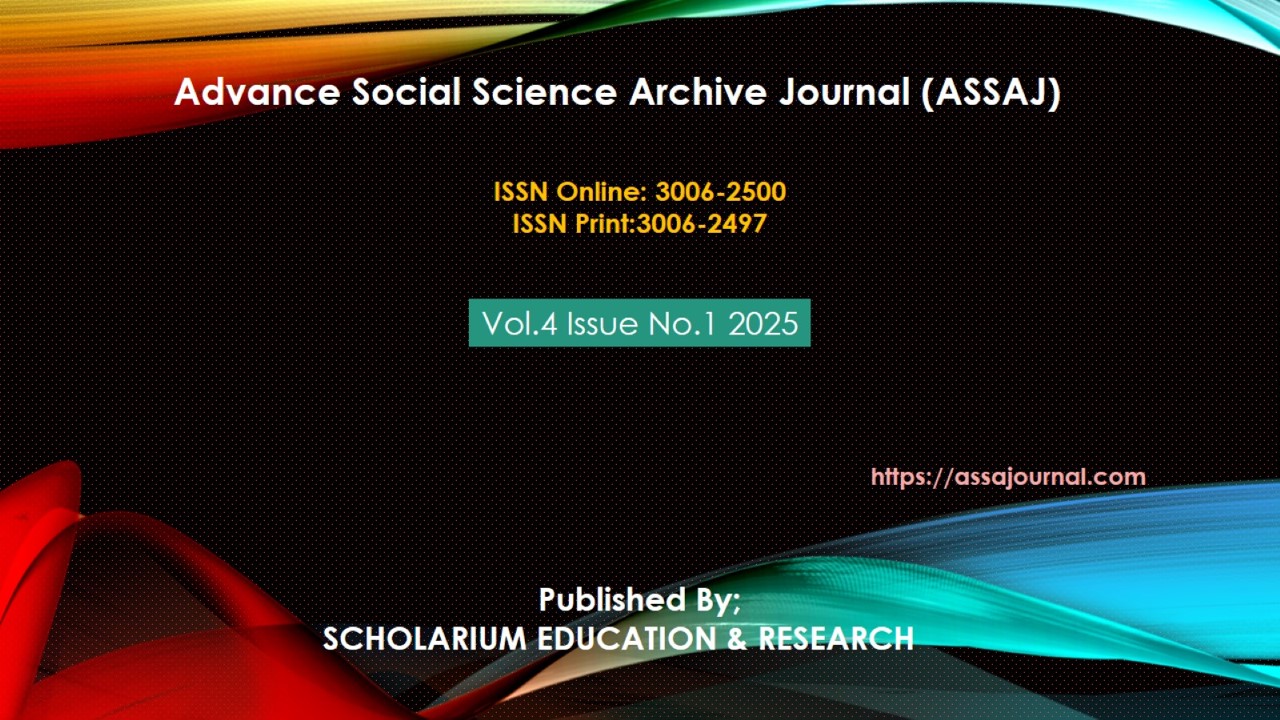Troubling Identity, Citizenship, and Belonging in Kamila Shamsie’s Home Fire: Socio-political Discourse of Characters Trapped in Familial and Social Pressure
https://doi.org/10.5281/zenodo.17161410
Abstract
This study explores the intricate themes of identity, belonging, and citizenship within the context of the contemporary world. Shamsie’s novel, inspired by Sophocles’ Antigone, centers on a British Muslim family navigating their cultural heritage and personal struggles against societal pressures in a post-9/11 Britain. The research delves into the experiences of the Pasha family and the Lones, examining how personal and political identities collide, producing moral dilemmas. By drawing on theoretical frameworks such as Francis Fukuyama’s concept of Creedal National Identity, the study analyzes the complex ways in which characters like Isma, Aneeka, Parvaiz, and Karamat grapple with dual identities, divided loyalties, and societal expectations. Themes of radicalization, Islamophobia, and the challenges of multiculturalism are critically examined to understand how cultural, religious, and national expectations shape the experiences of diaspora communities. The research highlights how Home Fire offers a multifaceted commentary on identity politics and the struggles faced by minorities in reconciling conflicting identities, bringing to light the emotional and psychological dimensions of belonging and alienation in contemporary societies.
Keywords: Identity politics, Diaspora communities, British Muslims, National identity, Creedal national identity, Francis Fukuyama, Belonging and Multiculturalism, Radicalization,





